
Really! Pandora's box is long, I do not know. In fact, this is the rhythm of a title party ~
This article is about a multi-function card reader. Obviously, the interface is USB 3.0. If it is still the old 2.0 interface, it is estimated that some people have to make jokes.
Is there anything that readers can write? In fact, there is really nothing to write. However, for the sake of convenience, people nowadays often pursue a convenience and an efficiency, and nothing more. Therefore, here is mainly to write such an article from the perspective of convenience and convenience. If you do not write well, please forgive me.
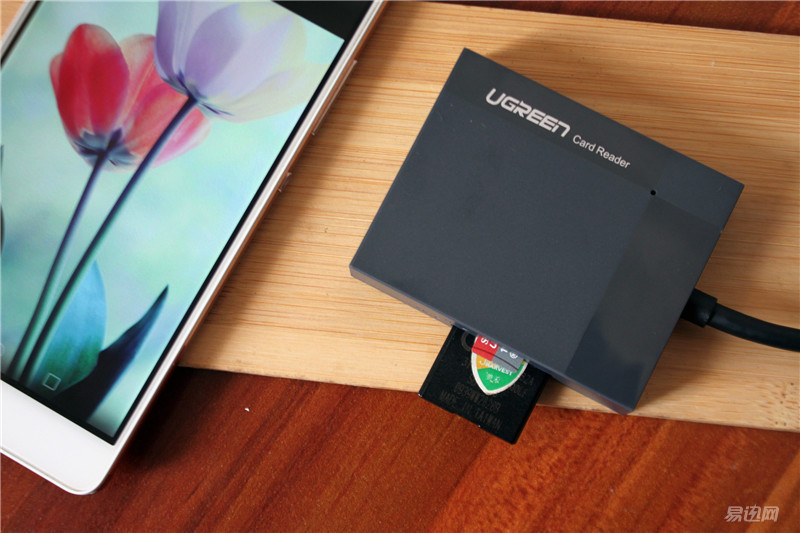
What kind of card is read? In the consumer digital field, nothing more than several cards, memory cards, SIM cards, and bank cards are common. Wait, here is obviously not to say them. They are: CF card, TF card, SD card and MS card. Which is nothing more than common SD card and TF card in our life now? I believe you must have one product in your hand!
Part 1, packaging articles

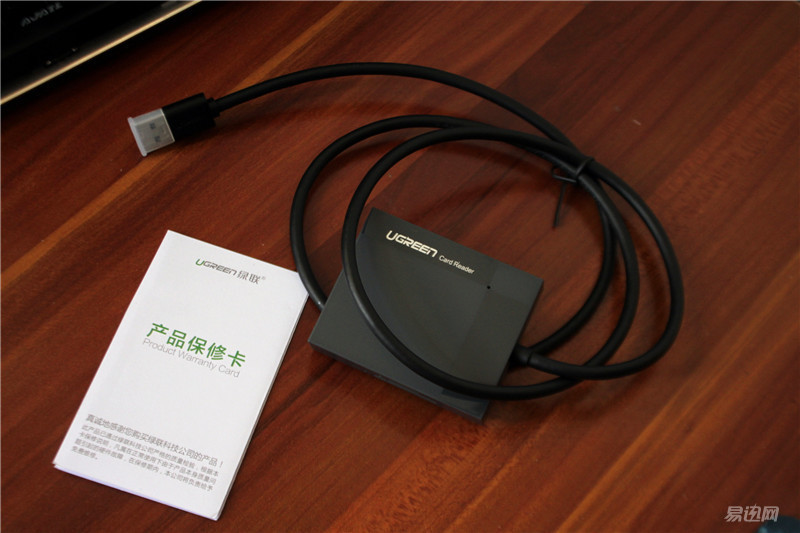
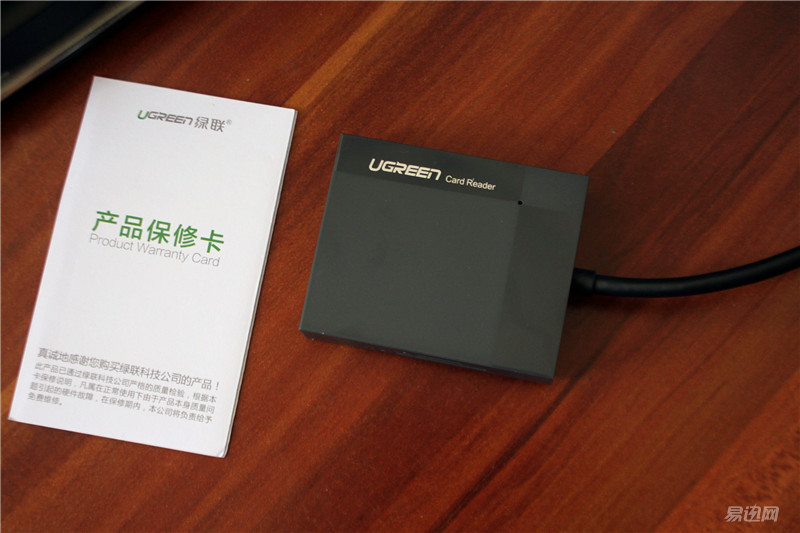
This product is not a popular product from Green Alliance, after all, there are too many brands engaged in this product. The packaging and appearance are very simple, and even the accessories are not good enough. The size of the entire product is similar to the size of a cigarette case, which is larger than that of a U disk like the one used earlier. Obviously, it will be slightly behind in this case.
However, it is understandable that this is a four-in-one card reader after all!
Part 2, appearance and function
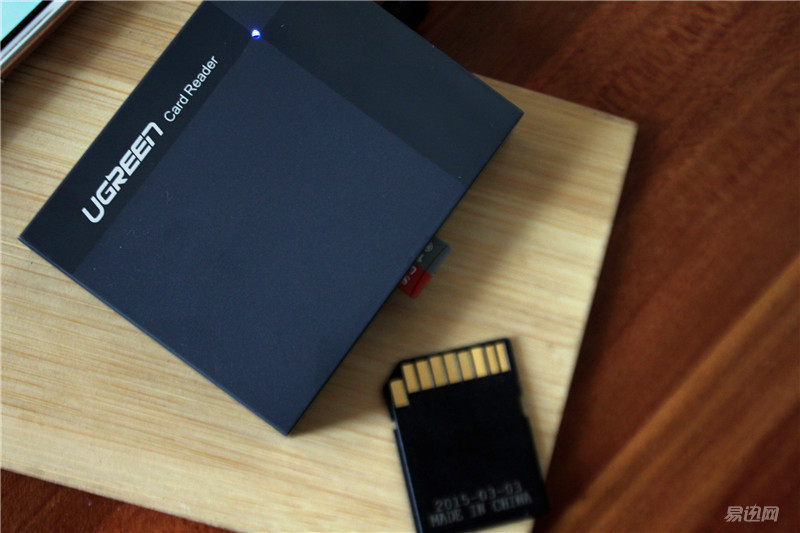
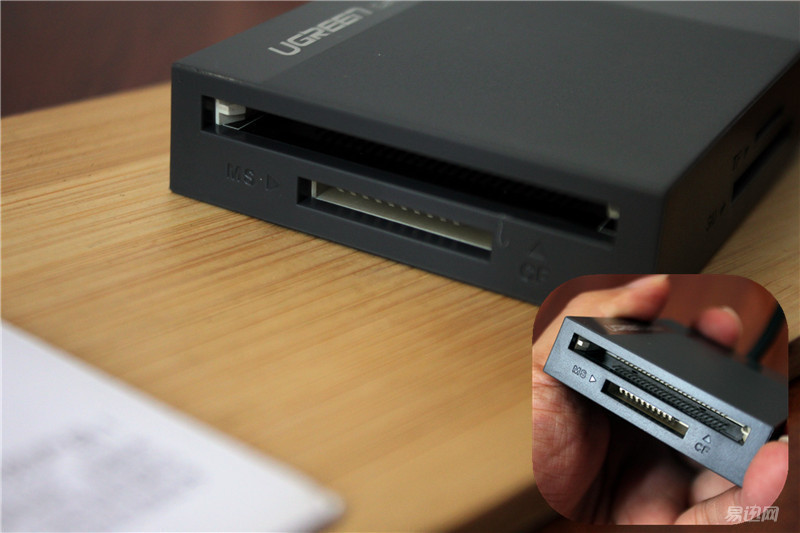
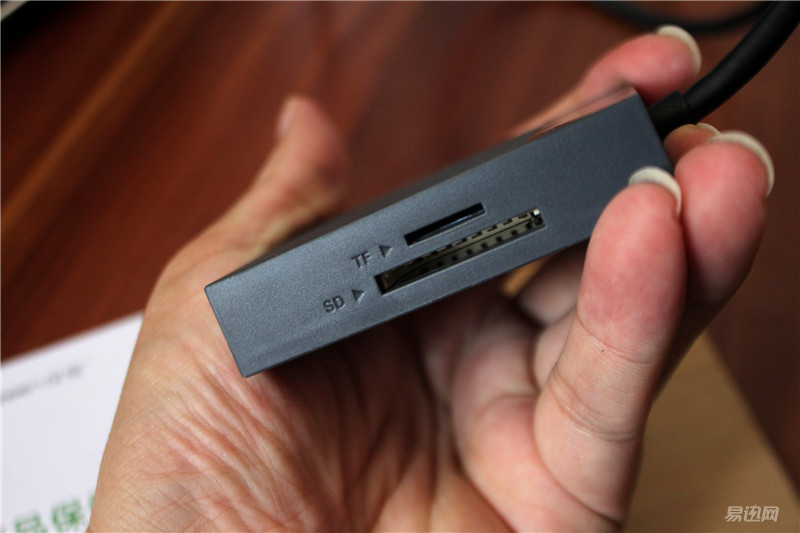
This multi-function card reader is not an eight-finger type. The main card interface is located around the entire “boxâ€. The left card slot is the card slot for the MS and CF cards, and the bottom is designed for common use. TF card and SD card slot. The division of labor is obvious:
The square shape design is no good Tucao no bright spots, the only one indicator design behind the box's front logo, after the light is blue tone.
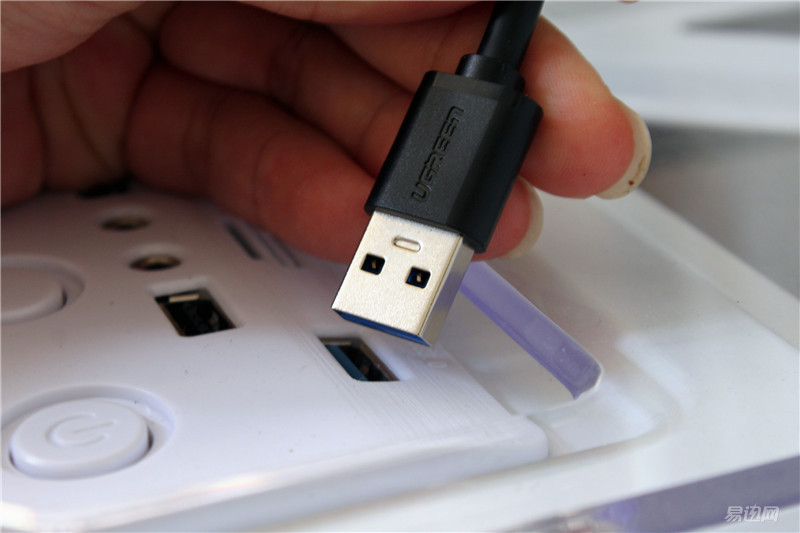
Oh! By the way, the interface used by this reader is USB 3.0 interface, the theoretical rate is 5Gbps, backward compatible with USB2.0/1.1 standard.
Part 3, use articles

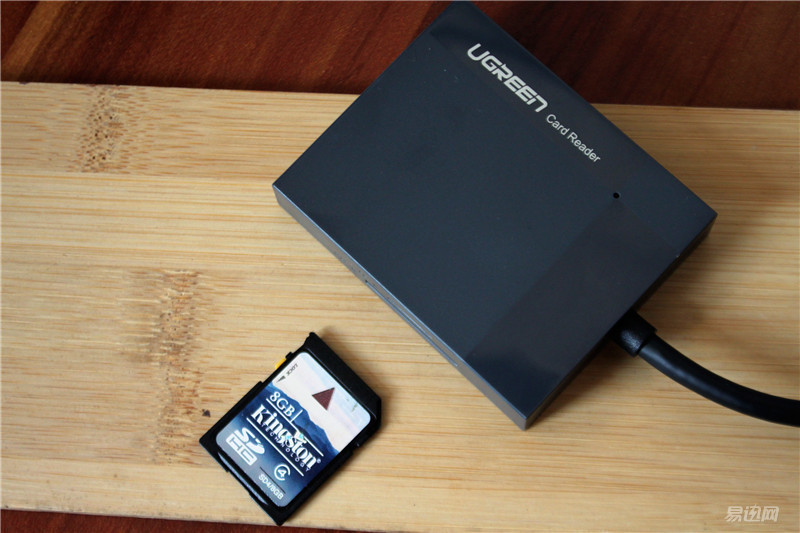
The two types of cards commonly used by the author are like this and do not cover all four types of cards.
However, I think that these cards have already represented most of the card users. SD cards and TF cards are used very often on mobile phones, tablets, and cameras. This point needless to say, however, many mobile phone users may still not know how to transfer pictures from the phone to the computer. Apart from this, it is not mentioned that the SD card actually reads from the camera is the card type that uses the most readers.
Of course, many times, if it is a laptop product, a dedicated card reader interface is usually designed, but the speed may not be as good as it is; if it is the direct use of the camera cable, both the card reading efficiency and the card reading convenience , are not as good as readers. Therefore, at this time, a good card reader does make you less effective at certain times.
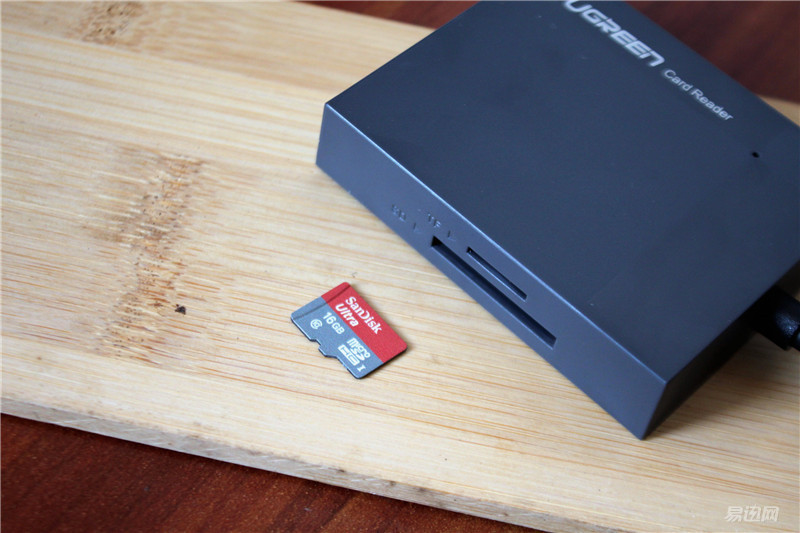
This reader is good anywhere, but there are some places that are not doing well. For example, when inserting a card, the direction of the card is not identified. Of course, if you do not insert the right direction, you can step forward. The card slot of this card reader is not designed to be a kind of push-pull, which is an ordinary card reading mode. For my carelessness, I sometimes forget that this matter is directly inserted into the small card, if it is the kind of snapping up the capacity will pull the card slot. Fortunately, it is not!
Part 4, speed

The test platform is this and there is no better choice ahead of time. Therefore, the test results are for reference only
I used to test the two cards, one is the flop card sandisk 16G, C10; one is Kingston 8G SD card, not high-end goods, the same is C10, mainly to serve my broken 500D Canon kit .
CrystalDiskMark: This is a relatively basic hard disk performance testing tool, averaged through five tests, so it has a higher accuracy. For sustained transfer rates, this software test is more accurate. Here we use 1000MB data volume test.
One, 16GB sandisk TF card
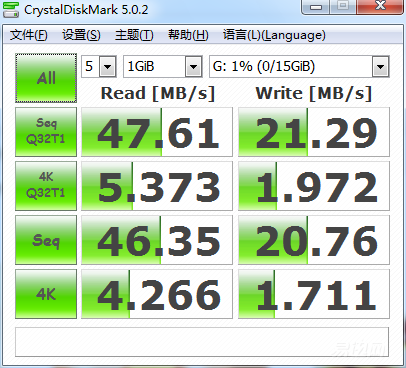
In the CrystalDiskMark test, the 16GB Sandisk C10 card reads up to 47.61MB/s and writes 21.29MB/s. As the TF card for the extended memory of the mobile phone, although it does not reach the theoretical speed of 90MB/S, this speed is good. . The addition of USB 3.0 is also awesome!
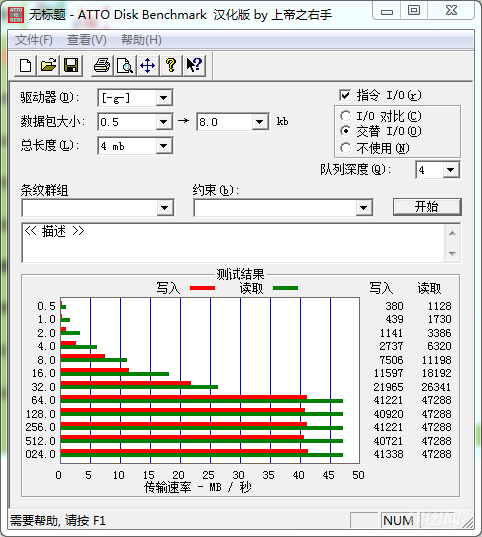
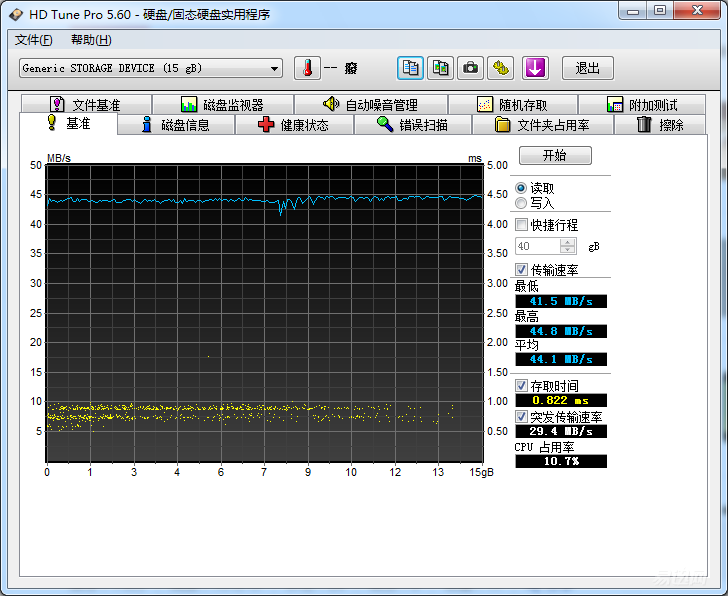
The other two kinds of tachometer software measured the value difference as if they were relatively stable in reading speed.
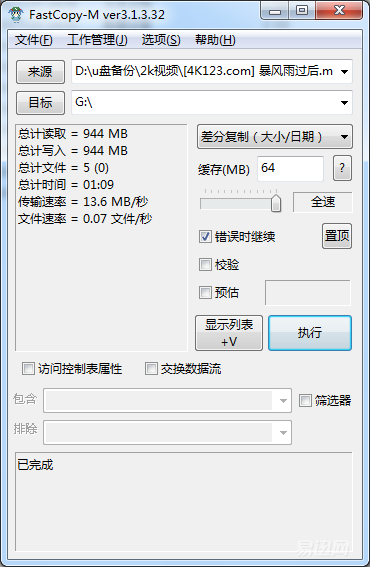
FastCopy is the actual copy speed software. It is the most realistic data. I have selected a series of multiple movie files of about 1 GB for copying. The time required is 69 seconds, and the transfer rate is 13.6MB/S. It is relatively normal, because I have compared the actual data when the mobile phone read, almost.
Second, 8GB Kingston SD card C10
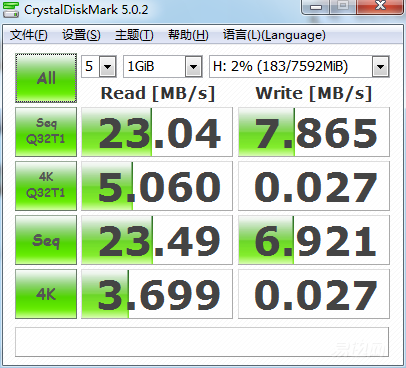
In the CrystalDiskMark test, the 8GB SD camera card reads only 23.04MB/s and writes 7.8MB/s, which is more obvious than the SD card used by the mobile phone.
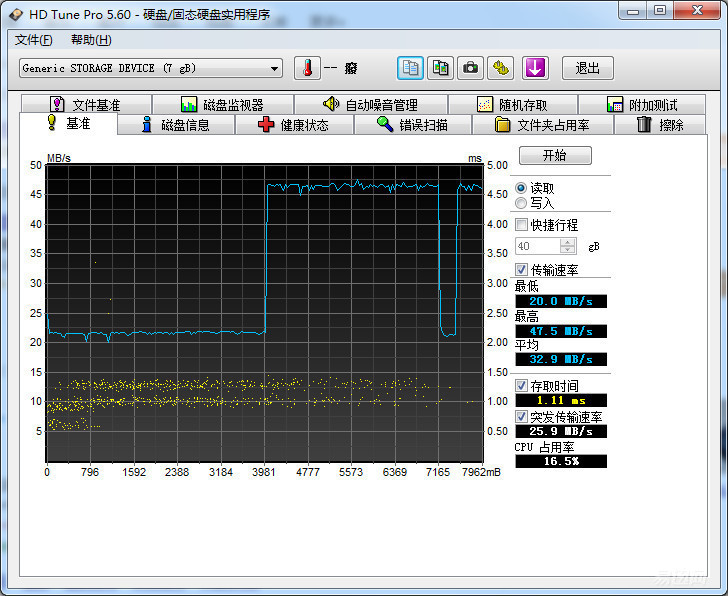
When reading speeds with HD Tune, the jump in reading speed is quite large, which seems a bit strange. Is it unstable? Or is this card not OK?
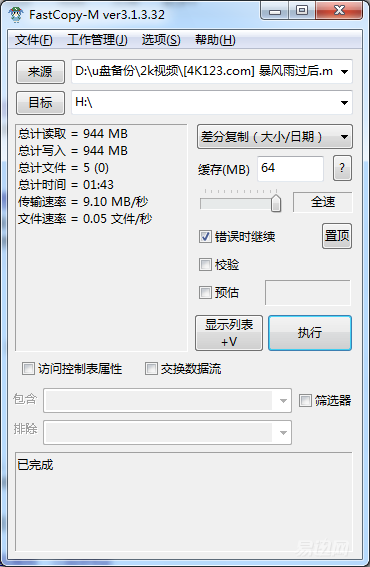
Similarly, when using FastCopy to test the actual copy rate, this result is not unexpected. Also copy the same set of files, reducing the speed by half.
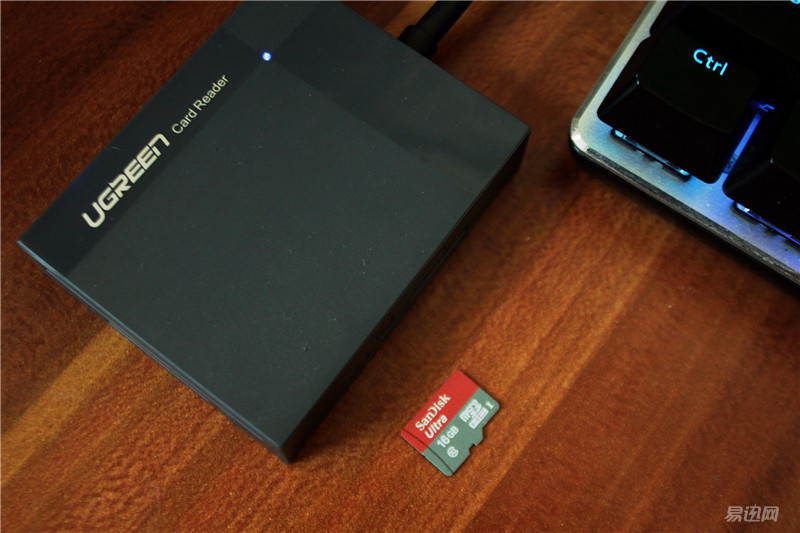
In the consideration of data stability and average effect, the author conducted several tests. The difference between the findings is not significant, and therefore the possibility of instability of the test platform and instability of the card types is ruled out. The actual effect is shown above. It can be seen that the read speed of the two cards is still better than the read speed of sandisk. Closer to the speed when inserting a card in a mobile phone!
Part 5, portability needs
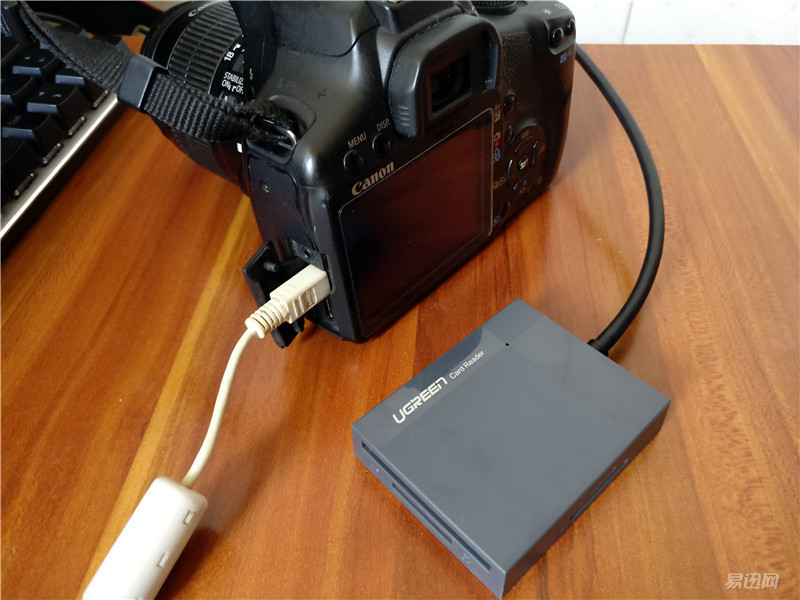
As mentioned earlier, when using this type of reader, the author will consider the efficiency and convenience. Compared to the above diagram, you need to take the root line every time. Do you prefer this or prefer to use a card reader to do this right?
Yes, I would choose UGREEN Greenlink USB 3.0 multi-function card reader to go out, at least in the timeliness and portability to give the author a lot of convenience. Not to mention the effect of reading a variety of card types is also quite good, and this East and West does not occupy a lot of space on the desktop. Open this "Pandora's Box," whether it's a video or a picture, the blink of an eye is done. In this way, the time you save will make you more comfortable and unhappy.
